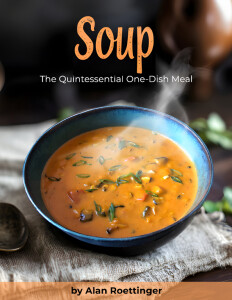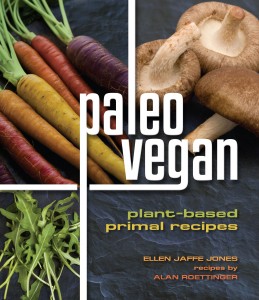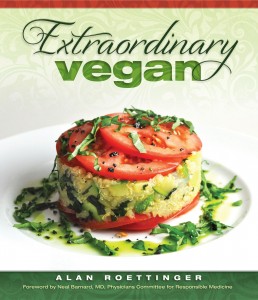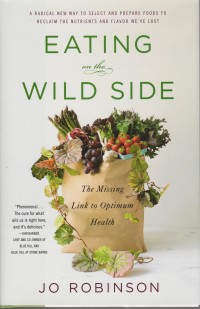I’ve never met a fruit or vegetable I didn’t love–or one I couldn’t find a way to prepare it so I would love it–and squashes are among my absolute favorites. I know some people dislike squashes (my son among them), but after reading an article on ScienceDaily.com, I think they may want to consider getting past their aversion. Apparently, pumpkins and yellow-orange squashes are rich in alpha-carotene, an antioxidant with properties similar to beta-carotene, only better! According to a 14-year study, people who consume high levels of alpha-carotene have a considerable chance of living longer, with lower incidence of cardiovascular disease and cancer.
In the picture are three of my best-loved: pumpkin, acorn, and kabocha (butternut is another, but it didn’t look right in the arrangement, and aesthetics are paramount in my world). Most Americans think of pumpkin in only two guises: Jack’o lanterns and pumpkin pie, but in many other cultures, pumpkin and similar squashes are a staple–especially in late fall and winter. Just look how gorgeous they are!
There are numerous ways to eat squashes–aside from the very easy, straightforward baked, which perhaps only a lover of squash would enjoy. I’ve had them stuffed with a variety of fillings, in curries, tamales, ravioli, gratins, stews, and of course soups. They are so flavorful they need virtually nothing but a little salt to fully express themselves, yet they also provide a rich base for combination with other ingredients. In a pureed soup, they assertively take center stage; as one of many items in a minestrone, they both stand out and blend in beautifully.
Now, as if the sheer pleasure of eating squashes were not enough, at least one study shows they help prevent disease and extend life–am I lucky, or what?
.






